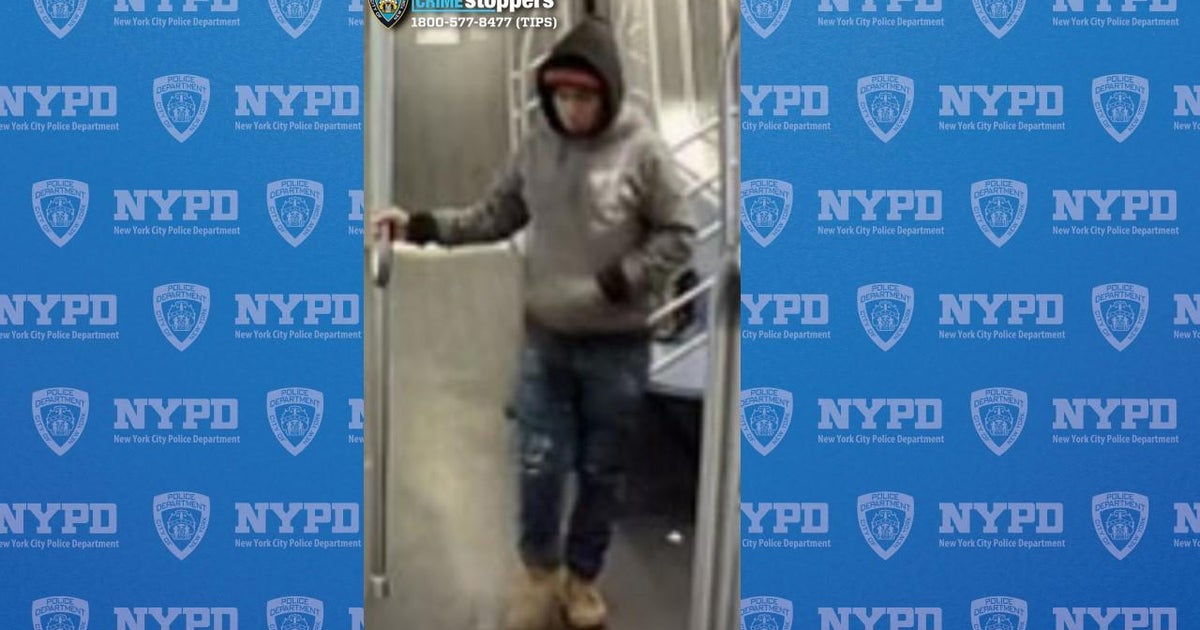NYC Airflow Study This Summer To Look At Spread Of Contaminants
NEW YORK (CBSNewYork) -- This summer, the NYPD and Brookhaven National Laboratory will conduct the largest ever urban airflow study.
The goal is to better understand the risks posted by airborne contaminants, such as those released by chemical, biological, and radiological weapons, both above ground and in the subway system.
Data will be collected during three days and will be used to better optimize the city's response to a release of hazardous materials, be it intentional or not.
NYC Airflow Study To Look At Spread Of Contaminants This Summer
"The NYPD works for the best but plans for the worst when it comes to potentially catastrophic attacks, such as ones employing radiological contaminants or weaponized anthrax," said Police Commissioner Ray Kelly. "This field study with Brookhaven's outstanding expertise will help prepare and safeguard the city's population in the event of an actual attack."
"Brookhaven Lab is a world leader in the use of tracer gases to study airflow, and we are excited about this opportunity to apply that expertise to enhancing the safety of New York City residents and emergency responders," said Brookhaven Lab Director Doon Gibbs.
The NYPD and Brookhaven will work with the Metropolitan Transportation Authority in the study of subway airflow.
"The NYPD, in partnership with the MTA, is responsible for keeping more than 5 million daily subway customers safe and secure. This study will bolster the NYPD's understanding of contaminant dispersion within the subway system as well as between the subway system and the street, thereby improving its ability to better protect both our customers and the city population at large," said the MTA's Fernando Ferrer. "We are glad they are joining Brookhaven National Laboratory for such an important effort, which will benefit the New York City subway without affecting its regular operations."
The project is officially called Subway-Surface Air Flow Exchange (S-SAFE), was commissioned by the NYPD, and is being funded by a $3.4 million grant from the Department of Homeland Security, 1010 WINS' Caro' D'Auria reported.
There will be about 200 sampling devices deployed during the study and researchers will disperse low concentrations of harmless gases known as perfluorocarbons at select subway and street-level locations over three, non-consecutive days in July.
NYC Airflow Study To Look At Spread Of Contaminants This Summer
Weather conditions will determine which days are selected for the tests, and will be announced to the public a day in advance.
The research will be conducted during daylight hours in parts of the Bronx, Brooklyn, Queens, Staten Island and in Manhattan from 59th Street to the Battery.
The NYPD said perfluorocarbon tracer gases (PFTs) present no health or environmental hazard. They are non-toxic, inert, odorless, and invisible, and have been used in airflow studies since the 1980s, including a 2005 Urban Dispersion Program (UDP) conducted in Manhattan.
PFTs also are used in medical applications, including eye surgeries and artificial breathing systems.
Members of the public may notice clearly marked boxes containing the air sampling equipment secured in subway stations, on street light poles, and hand-carried by researchers.



